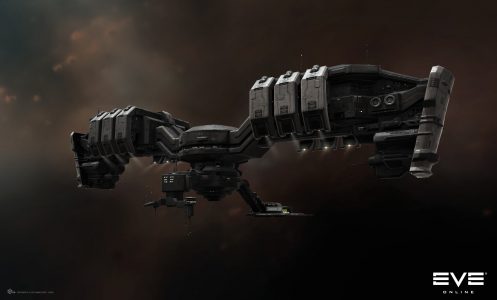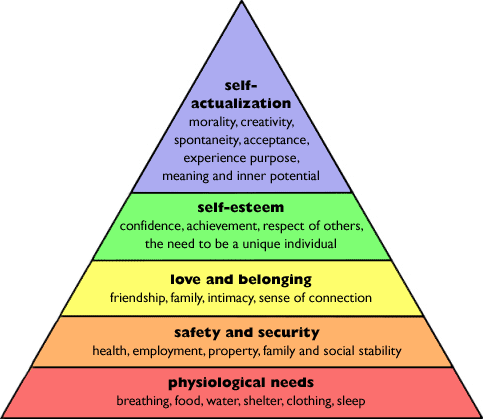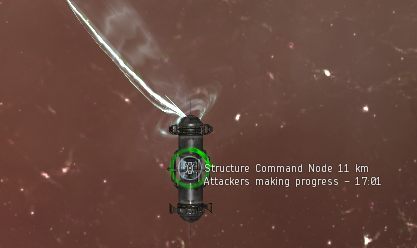With the announced TEST and Co2 move to the region of Curse, one of the writers on INN staff, Dracos Rhaghar, has voiced concerns about how, should Circle of Test subjugate nearby regions, it could be the death knell of small sov-holding entities that are not in some way vassals of a major power. What came up next sparked a long and winding discussion in our editorial group “How do we define really holding sov?”. We arrived at a very interesting definition and it’s an excellent companion alongside Dracos’ reflection to explore how we arrived at it. Our discussion began at the same place as many ideas, what does not work to accomplish the goal.
Definitions that don’t work.
Right at the beginning, we can discard a couple definitions as impractical. They would either include too much or rule out too many. First to go is just having a Territorial Control Unit or Infrastructure Hub (TCU and IHUB respectively) installed in a system. This is just too broad to be of any use and also has no bearing on the ability of the entity to keep that TCU or IHUB around. We can also rule out the opposite extreme, that an entity must be able to defend against all incursions against its sovereignty without any losses. With the nature of Aegis sovereignty, there are very few entities that could even hope of doing this for even a short period of time. Over a prolonged conflict this would be a near impossibility to prevent any timers from being generate, regardless of the group this standard is applied to. As such, it would be a poor choice of definition.

An Infrastructure Hub. Image from CCP.
Defining “Really Holding”
With the two definitions above that we can rule out right away, the framework of a true definition begins to take shape. In order for an entity to “really hold” sovereignty, they need to do more than just own the Sov structures (TCU/IHUB) but also cannot be expected to never lose it as long as Tranquility is running. These two factors can be combined into something we do not want to use as part of our definition: the amount of time that a particular piece of space has been controlled. The reason for this has to do with the eviction of the Imperium from the North earlier this year. Any arguments that the Imperium continued to really hold sovereignty in the north after a point before it was officially lost have counter arguments that hold weight. The years that various Imperium alliances had held that space meant nothing under the onslaught of MBC forces. However, the Imperium is clearly the Sov holder in Delve, and has yet to be contested as such, so the time component again fails to provide a metric.
So if we rule out time, that leaves us with an analysis based on perceptions. A good place to start here is Maslow’s Hierarchy of Needs. The Hierarchy was developed by Abraham Maslow as a means to classify the motivation behind decision making. Typically all the conditions of a level need to be filled before decisions will be made with the next level above as the primary motivator. The levels are commonly represented as a pyramid which is reproduced below.

The level of the hierarchy that fits nicely with what can be considered a good indicator of holding Sov is the third, Love and Belonging. In brainstorming a list of entities considered to be Sov holding, a common theme cropped up. The vast majority of these groups have some sort of very distinct identity. What this identity is or what it is driven by vary widely, but the presence of an identity is the important piece here. After slotting the possession of a distinct identity into the equivalent of Love and Belonging slot on the hierarchy, it is then easy to define what allows for these identities to flourish. Going down the chart, Safety is the next followed by Physiological. Safety is quite easy to quantify in EVE terms, and while Physiological does not have quite the same simplicity, it can be applied. After some wordsmithing, we had a definition to begin working from.
An Entity can be considered sov-holding when it holds relatively stable control over a system/constellation/region and is able to provide adequate defense for non-PvP activities in that system/constellation/region.
There are still two ambiguous terms within that definition; relatively stable control and adequate defense. Despite these, the definition provides a much clearer picture of what it means to “really hold” sov. These ambiguities can be further clarified to increase the accuracy of the definition.
Clearing Ambiguities
The first ambiguity in the definition is the phase relatively stable control. This fell most analogous to the Safety level of the hierarchy. Our discussion centered on the idea that the individual members of an entity needed to feel like they would not be evicted from their space or lose investments in static infrastructure with no warning. This translated into being able to control the ability for hostiles to win any timers for destroying structures like Engineering Complexes or changing the status of Sovereignty structures. Ultimately, if a defending entity could not win the final timers the feeling of safety through control would be minimal to nonexistent. It is also important that members of the entity do not have too many timers to directly contest, so being able to prevent timers from occurring was also important. Given the disparity in effort to set a timer versus contesting one, especially with regards to Sov structures, it would be difficult to justify the outright prevention of timers as the cornerstone of this definition. As long as the entity can prevent a simple majority, it was deemed adequate in discussion. It is also important to add a qualifier for size to this definition, as it would be difficult to ask small entities to routinely stand up to ones many times their size. While such David versus Goliath battles are sometimes won by the little guy, it is unfair to ask all such entities to win all the time. The group also felt it was important to control for the use of capitals as these are commonly deployed when one side believes they have an existing advantage that can be pressed. Taking all of these factors leads to the following definition.
Relatively Stable Control: The Entity is able to prevent a simple majority of timer-generating hacks or raids from succeeding and win contesting timers against sub-capital forces against similar sized or smaller entities.

A node for a structure being entosised. Source.
The second ambiguity is the concept of adequate defense. While a bit of a stretch for the Physiological level of Maslow’s Hierarchy, it fits well enough when looked at from the position of what do most players need to enjoy the game on a basic level? The answer the group came up with was ships and money. The first idea to be stuck down is that non-PvP ships are safe from non-consensual PvP all of the time. Even the vaunted, if recently tarnished, Imperium capital fleet and standing sub-capital fleets cannot come to rescue of every Vexor Navy Issue or even Thanatos in time. At the same time, accepting wanton destruction of ships meant for PvE activities would lead to the members spending far too much money to replace losses. As it often does, following the money leads to an excellent answer. As long as members are able to make enough money to replace the ship plus some additional savings before a ship is destroyed, it can be extrapolated that the space is being adequately defended. Whether this is through active means like Force Auxiliaries ready to jump to the aid of PvE ships or more passive means such as intel channels is not relevant. As long as the entity is providing for the member’s ability to pay off their investments, the space in question would be considered to be adequate defended.
Adequate Defense: Members of the Entity are able to undertake non-PvP activities (e.g. Mining) without a high probability of the ships used in the activity being destroyed before they have made a positive return on the initial investment.
Conclusions and Further Questions
Now our definition is quite clear and is metric based. The definition is scaleable from small entities to the largest organizations in the game. While formed primarily as a definition related to Aegis sov, it can also be applied to non-sov space as well. Additionally, it provides a good look at what entities that aspire to hold sov should plan to achieve before embarking on the grand adventure of carving out a little piece of New Eden for themselves. While the intricacies of how to accomplish this are more complex than the definitions hint at, those that can accomplish them have created and managed the great empires that have shaped the recent history of New Eden.
There were a couple interesting questions that were asked near the end of the discussion. While they were a little outside the scope of defining really holding sov, they are quite interesting in light of the definition. How do entities like the Imperium-run Querious Fight Club fit into this? How well does this definition apply to Faction Warfare space? Given this definition, what tweaks could be made to the underlying mechanics of Aegis sov to make it more common to see smaller groups meeting the requirements? Let me know your thoughts on these questions in the comments.

